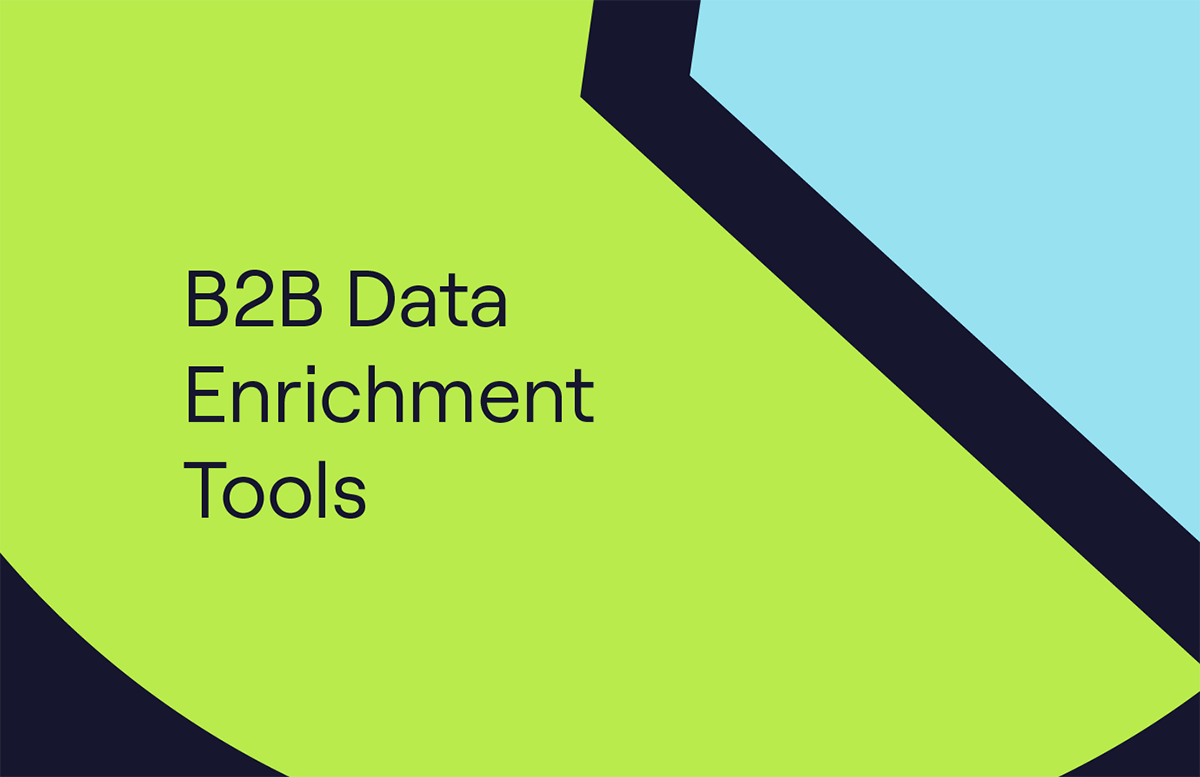What’s the Difference Between a Lead vs a Prospect?
Prospects. Leads. Traffic…
B2B sales is full of buzzwords, and it’s easy to get confused by the terminology.
Let’s break it down:
What exactly is a prospect? What makes someone a lead? And why does it matter?
If you want to generate better opportunities and move people through the funnel more effectively, this guide is for you 👇
What is a sales lead?
You’ve heard the phrase:
“What came first, the chicken or the egg?”
It’s the same dilemma when it comes to sales terms like leads vs prospects. But in this case, the answer is clear:
A lead comes first!
Why?
Because a lead is someone who’s shown interest in your product or service. They’re the most basic form of contact in your sales pipeline. As soon as someone expresses interest in your company, they become a sales lead.
There are two main types of B2B lead generation:
1. Inbound
Otherwise known as inbound lead generation. It works like this:
A potential customer fills in a form on your website or signs up for your newsletter.
These leads are often called hot leads because they’ve actively reached out and are keen to learn more.
2. Outbound
The second method is called outbound lead generation. It works like this:
Your sales reps reach out first, typically via cold calls or emails. If the contact responds or confirms their interest, they become a lead.
At this point, the lead is unqualified. You still need to gather more information to determine if they’re a good fit.
⚠️ See Cognism’s list of qualifying questions to help you evaluate your leads.
How do you turn a lead into a qualified prospect?
Leads become prospects through engagement.
Usually, this happens via automated email sequences or sales cadences that provide value and encourage interaction.
The goal is to learn more about your targeted leads, understand their intent, and begin building a relationship.
But here’s the catch:
To qualify as a prospect, a lead must respond and engage in two-way communication. That’s the turning point.
What is a prospect?
A prospect is a lead that’s been qualified by your sales team.
That means they match your ideal customer profile and are considered more likely to convert.
There are two types of prospects:
1. Marketing prospects
These are contacts who haven’t engaged yet but could become leads.
Think of them as names on an email list. They become proper leads once they take action, like downloading a resource or replying to a cold email.
2. Sales prospects
These are prospects who are ready to talk.
They’ve engaged with your outreach, shown intent to buy, and are open to having conversations with a sales rep.
At this point, your messaging shifts from awareness to conversion. Your CTAs will focus on moving the deal forward.
Leads vs prospects: What are the key differences?
Understanding where each potential customer fits into the B2B sales funnel is crucial for any sales manager.
It determines which marketing and sales tactics you’ll use, and when. This is why it’s so important to understand the difference between a lead and a prospect.
What’s more, knowing how to guide your prospective customers from leads to marketing prospects to happy customers will mean the difference between failure and success.
In summary, the key differences between a lead and a prospect are:
-
Leads are unqualified contacts who’ve shown initial interest.
-
Prospects are qualified leads who match your ICP and are ready to talk.
See this table for a fuller comparison of prospects vs leads 👇
⚠️ Want to dig deeper into this topic? Read our guide on Prospecting vs Lead Generation - it’s packed with actionable tips for sales leaders.
Get more sales tips from Cognism
It’s time to start targeting and closing your dream sales and marketing prospects.
Find all the resources you need to make this happen in Cognism’s SDR Zone - the best sales content you’ll find on the internet! 👇



